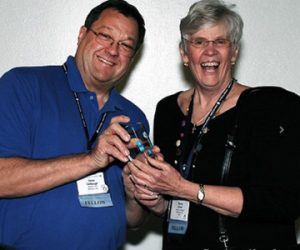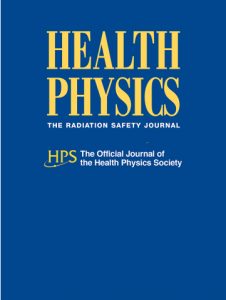A few months ago, my close friend and roommate had a whole-body bone scan in which he was administered 988 MBq 99mTc HDP (hydroxymethylene diphosphonate). A few hours after the scan (not sure exactly how many hours, but probably about six), the household cat attacked his foot and hit a vein and he started to spurt blood all over the kitchen, living-room carpet, and into the bathroom.
We took my friend to the emergency room because the bleeding was considerable and he ended up with a hematoma. In the meantime, our intention was to clean up the blood, but by the time we got back, we could not see where he had bled on the carpet.
Is the house now contaminated with the blood we could not clean up? I know that 99mTc has a short half-life. But I am more concerned about 99Tc which 99mTc decays to and which has a long half-life.
There is no health hazard from the 99Tc that was potentially dripped on the floor. The long half-life actually results in the technetium being essentially undetectable and not hazardous because of the low frequency of decays.
Also you do not have to be concerned about resuspension in the air. It is estimated only one millionth of any material on the floor goes airborne. And if it did, it would pass quickly through your body and be excreted if you did inhale any material.
Marcia Hartman, MS
Answer posted on 16 June 2014. The information posted on this web page is intended as general reference information only. Specific facts and circumstances may affect the applicability of concepts, materials, and information described herein. The information provided is not a substitute for professional advice and should not be relied upon in the absence of such professional advice. To the best of our knowledge, answers are correct at the time they are posted. Be advised that over time, requirements could change, new data could be made available, and Internet links could change, affecting the correctness of the answers. Answers are the professional opinions of the expert responding to each question; they do not necessarily represent the position of the Health Physics Society.






